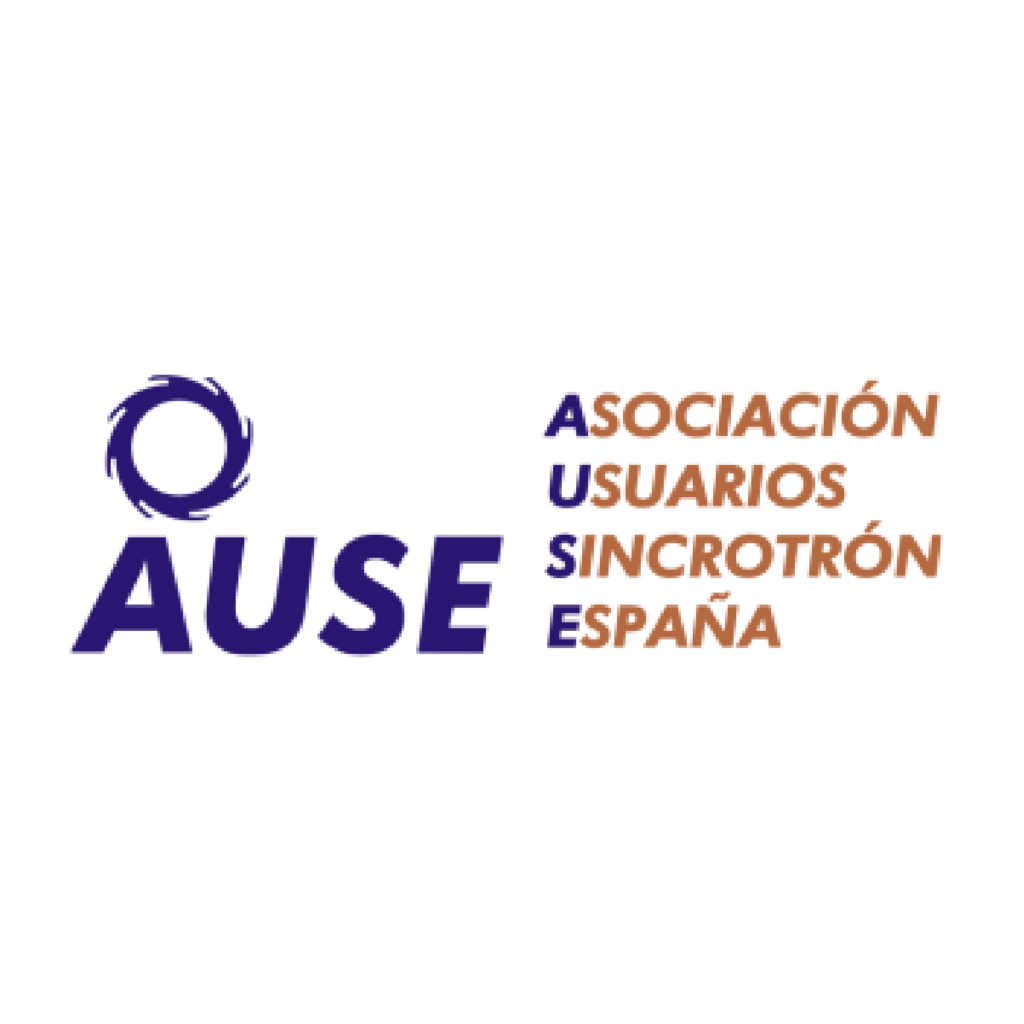Judith Juanhuix is Head of Life Sciences Section at the ALBA synchrotron, and beamline responsible of the new microfocus macromolecular crystallography beamline XAIRA.
After short period working on granular metallic alloys by X-ray spectroscopy, she focused on the structure and function of living muscles studied by small-angle X-ray diffraction (SAXS), and later on the structural basis of the complement proteins of the inmune system by macromolecular crystallogrpahy (MX), using different European synchrotron light sources. She was appointed as responsible of the BL13-XALOC beamline at the start of the ALBA Synchrotron Light Source project, and brought it from design to user operation. She has been studying the use of scavengers to reduce radiation damage and the effect of irradiation-induced oxidative stress in the functionality and structure of aldo-keto reductases. Dr. Juanhuix is currently in charge of designing, managing and building the new microfocus beamline at ALBA synchrotron dedicated to macromolecular crystallography, BL06-XAIRA, which is foreseen to enter into user operation along 2024, together with the coordination of the activities of the Life Sciences section. She is now involved in the ALBA-II project, the major upgrade of ALBA towards a 4th generation synchrotron facility.
Abstract:
Review of the crystallography beamlines at the ALBA synchrotron light source and future perspectives within the ALBA-II major upgrade project
The ALBA synchrotron light source has been instrumental in the development of the Spanish scientific community by offering an ever-wider range of X-ray techniques in a large variety of scientific fields, often connected to direct industrial applications. From the seven beamlines operating at the start of the user operation in 2012, ALBA and is currently servicing 11 beamlines, and three more are in the process to become operational in the near future.
Crystallographic techniques are offered in 5 beamlines, namely, MSPD, NOTOS, XALOC, XAIRA and 3Sbar. The MSPD beamline is dedicated to crystallography of material in powder form, and includes two experimental stations for high pressure/micro diffraction and high-angular resolution/high-throughput standard powder diffraction. NOTOS, in operation since 2023, aims to cover specific needs in chemistry, catalysis, energy science, nanomaterials and environmental science for structural studies in the short- (XAS) and long-range order (XRD). XALOC beamline, already undergoes upgrade of some key instrumentation, copes with a variety of high-throughput macromolecular crystallography (MX) experiments. BL06-XAIRA, the new microfocus MX beamline currently in the commissioning phase, is designed to deliver high quality data from micron-sized and/or poorly diffracting crystals. Finally, 3Sbar allows simultaneous surface X-ray diffraction and photoemission experiments at 1 bar gas pressures to probe the electronic and atomic structures during surface chemical reactions and catalytic operando reactions.
Long-term plans include the major upgrade of ALBA to a 4th generation facility, ALBA-II, which includes the partial substitution of the accelerator system, the upgrade of the existing instrumentation and the addition of three new cutting-edge beamlines. We will review the current instruments of ALBA, focusing on the most recent ones, and will discuss the future perspectives offered by the new services and infrastructure proposed in ALBA-II project.
References
[1] C. Biscari, E. Aigner, K. Attenkofer, J. Casas, S. Ferrer, O. Matilla, J. Nicolas, R. Pascual, F. Pérez, M. Pont, A. Sánchez (2023), ALBA Synchrotron and its future. Eur. Phys. J. Plus (2023) 138:405.













